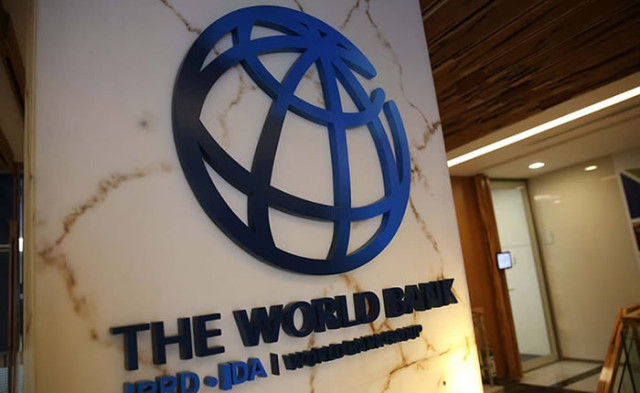NIGERIA - The World Bank has maintained its Gross Domestic Product (GDP) growth forecast for Nigeria at 3.5 percent for this year, consistent with projections made in June of the previous year.
In its Global Economic Prospects report for January 2025, released on Thursday, the Bank also kept its GDP growth forecast for the country at 3.7 percent for the following year.
The report specifically noted: “Growth in Nigeria is expected to strengthen to an average of 3.6 percent annually in 2025-2026.
Following monetary policy tightening in 2024, inflation is anticipated to gradually decrease, which will enhance consumption and support growth in the services sector, the primary driver of growth.”
Oil production is projected to rise during the forecast period but will still fall short of the OPEC quota. The baseline forecast suggests that growth in per capita income will remain weak throughout the forecast period.
Additionally, the report indicated that Nigeria's growth is estimated to have increased to 3.3 percent in 2024, primarily driven by activities in the services sector, especially in financial and telecommunications services, and noted that “macroeconomic and fiscal reforms have bolstered business confidence.”
Regarding the outlook for Sub-Saharan Africa (SSA), the report forecasts that growth in the region will strengthen to 4.1 percent in 2025 and 4.3 percent in 2026, “as financial conditions improve alongside further declines in inflation.”
“After weaker-than-expected regional growth last year, growth projections for 2025 have been revised upward by 0.2 percentage points, and for 2026 by 0.3 percentage points, with improvements observed across various subgroups. At the country level, growth projections have been upgraded for nearly half of SSA economies in both 2025 and 2026,” it added.
However, the report noted that growth rates in the region's two largest economies (Nigeria and South Africa) will continue to lag behind those of the rest of the region, despite anticipated growth improvements in both nations.
On the risks to the outlook, which are “tilted to the downside,” the report stated: “Global growth may be weaker than anticipated due to increased uncertainty and the potential for adverse changes in trade policies.
“Additional downside risks include a sharper-than-expected economic slowdown in China; escalating global geopolitical tensions, particularly an intensification of the conflict in the Middle East; and worsening political instability and escalating violent conflicts in the region, especially in East Africa and the Sahel.”
Furthermore, the report cautioned that: “More persistent inflation than expected could keep global interest rates high, exacerbating challenges for highly indebted countries, while an increase in the frequency and severity of adverse weather events could worsen poverty in many SSA nations.”
According to the report, while global growth is projected to remain steady at 2.7 percent in 2025-26, it “seems to be stabilizing at a low growth rate that will not be sufficient to promote sustained economic development—amid the possibility of further challenges from increased policy uncertainty and adverse trade policy changes, geopolitical tensions, persistent inflation, and climate-related natural disasters.”
In his foreword for the report, Indermit Gill, Senior Vice President and Chief Economist at the World Bank Group, mentioned that while the Bank anticipates the global economy to grow by 2.7 percent this year and next—the same rate as in 2024, “this is below the 3.1 percent average that was seen in the decade prior to COVID-19.”
Gill added that this growth rate “could be accompanied by some positive trends: an expected decline in both inflation and interest rates.”
“During a time of exceptionally high global policy uncertainty, however, developing economies should not take anything for granted. It is far better to intensify efforts to take control of their own future,” he remarked.




















